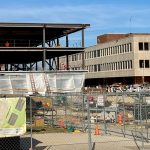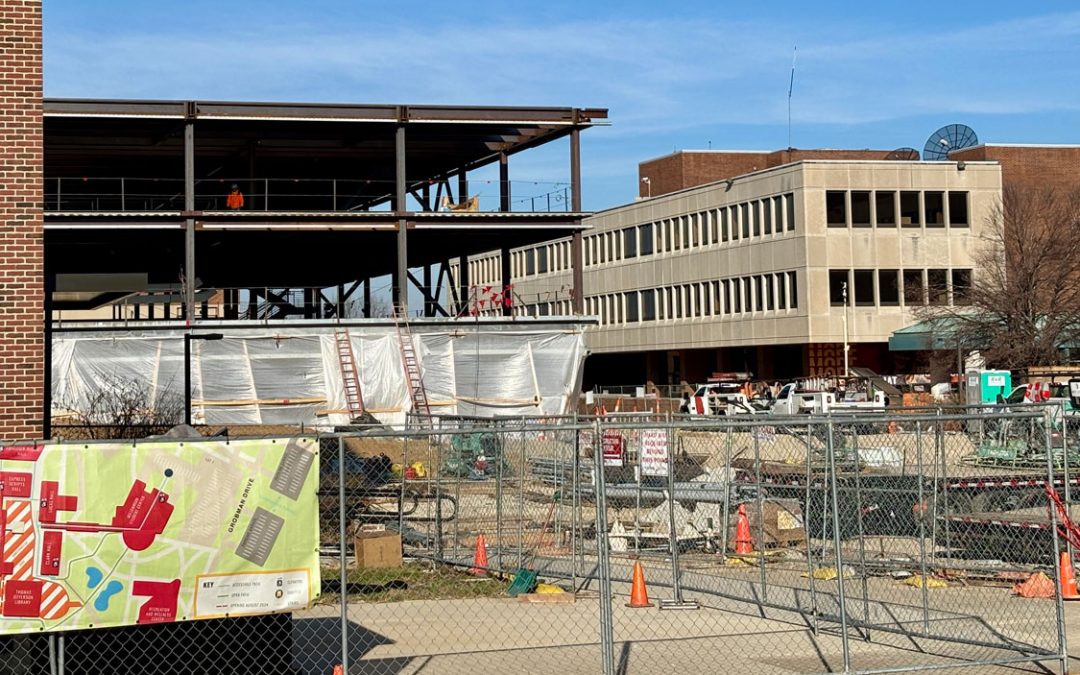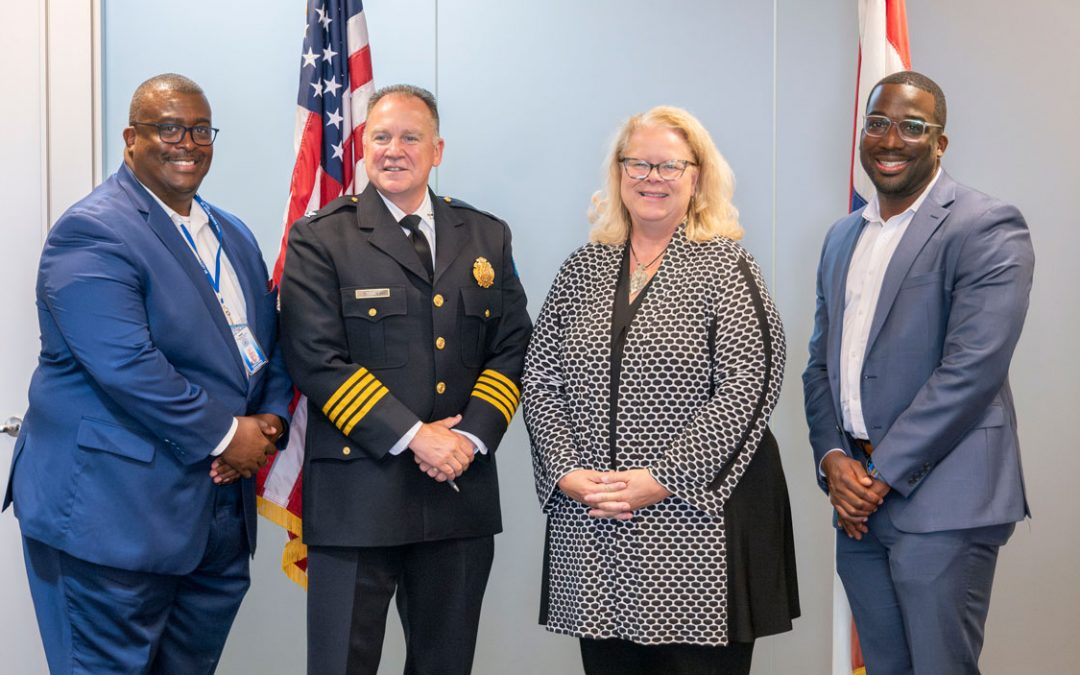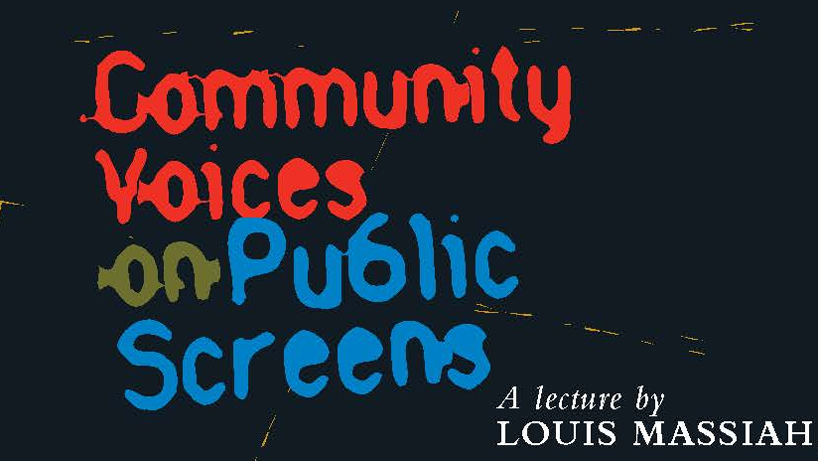
This year’s James Neal Primm Lecture in History is set for 7 p.m. Sept. 18 at the Missouri History Museum. Featuring renowned documentary filmmaker Louis Massiah, the free event is in conjunction with the exhibition “#1 in Civil Rights: The African American Struggle in St. Louis.”
Earlier this year, as faculty members at the University of Missouri–St. Louis mulled ideas for the annual James Neal Primm Lecture in History, one of the professors mentioned the work of documentarian Louis Massiah.
Colleagues were delighted with the timely suggestion, and now the accomplished filmmaker is coming to town at their invitation. Massiah will deliver the 2017 lecture, which is free and open to the public, at 7 p.m. Sept. 18 in the Missouri History Museum’s Lee Auditorium.
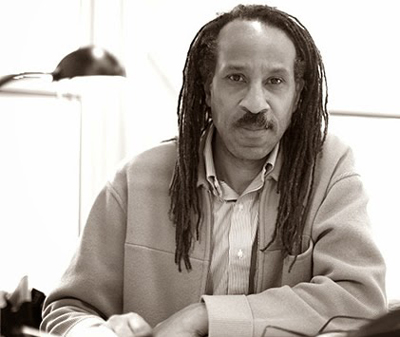
Louis Massiah plans to draw on several of his own video projects during his presentation, titled “Community Voices on Public Screens.” For more details about the public lecture, see the event flier.
“We were especially looking for a presenter whose work would complement the museum’s current exhibition ‘#1 in Civil Rights: The African American Freedom Struggle in St. Louis,’” explains Priscilla Dowden-White, an associate professor in the Department of History. “Both the exhibit and Massiah’s body of work share a great deal in common as they address often-neglected subjects with integrity, tremendous insight and artistry.”
The founder and executive director of Scribe Video Center in Philadelphia, Massiah is highly acclaimed for his innovative, community-oriented approach to filmmaking. He’ll discuss the role of video as an artistic tool for change and self-determination during his St. Louis presentation, titled “Community Voices on Public Screens.”
Massiah produced, directed and wrote two of the films in the landmark PBS series “Eyes on the Prize II,” and his large body of work in the decades since explores many political and historical topics. His award-wining documentary “W.E.B. Du Bois: A Biography in Four Voices” is a film that Dowden-White has shown to UMSL students as part of certain classroom lectures over the years.
“His work demonstrates his understanding of the essential role of community people in telling their own stories – stories that otherwise may never be told,” Dowden-White adds. “Much the same can be said for ‘#1 in Civil Rights,’ as the exhibit draws from and highlights aspects of St. Louis’ formidable civil rights history, a history of national significance, yet one that begs for further exposure.”
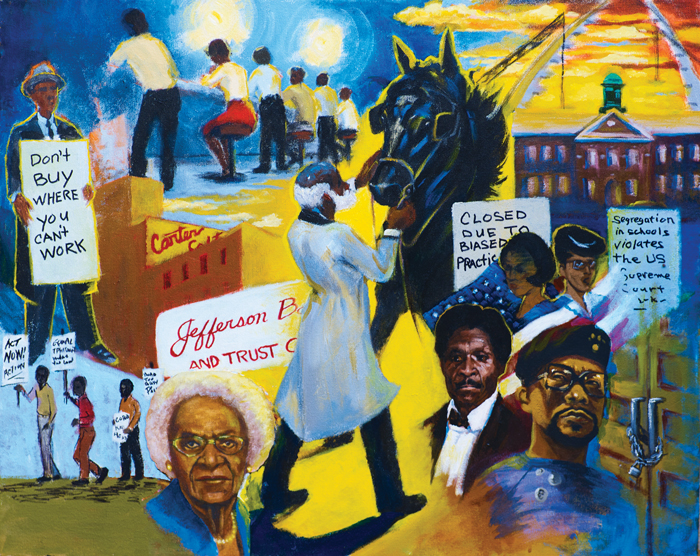
The exhibition “#1 in Civil Rights” will remain on display at the Missouri History Museum through next spring. It uncovers a history that the museum describes as “compelling and complex, but that all too often has been overlooked in the telling and retelling of the larger national narrative.” (Mural by Robert Ketchens and William Burton)
It’s not the first time that the museum and UMSL’s historians have partnered to put a major exhibition and key voices in conversation. Last year’s Route 66-focused event is another recent example.
“The Primm lecture builds on our longstanding partnership with the museum to offer the St. Louis community deeper understanding of our past,” says Laura Westhoff, chair of the Department of History. “I hope those who attend leave with a deeper understanding of the ways historians and community members can work together to give voice to people’s stories, to learn from one another about the ways our decisions and lives are intricately bound together in ways we don’t even realize.”
During the Monday evening event, Massiah plans to draw on his work at the President’s House, a National Park Service site where Massiah’s five-channel video installation focuses on the nine enslaved Africans whom George and Martha Washington brought to Philadelphia.
He’ll also discuss his Transit Visions project about late 19th- and early 20th-century visions of mass transit in the city and his videographic exploration of teacher, author and community worker Toni Cade Bambara.
The role of video is a topic that Dowden-White finds particularly fascinating – and it can be an effective teaching tool to increase interest and engagement, she notes.
“Videos that include actual real-time footage of historical events are especially useful,” she says, “as they have a way of placing the viewer directly in the moment.”
For more information on the Primm lecture, see the event flier.


